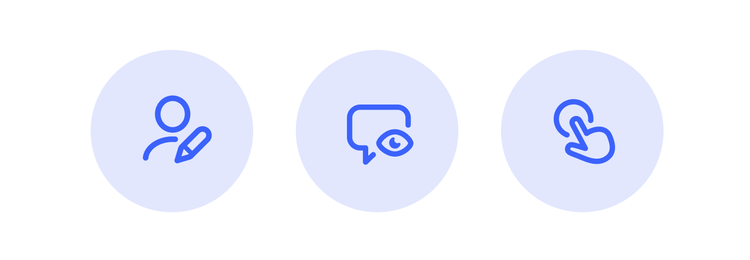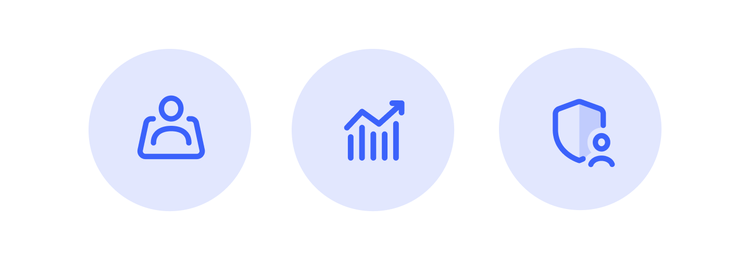As a business leader in the digital world, you prioritize customer experience (CX). You know you need data to understand and improve how customers interact with your brand. However, you may not be fully aware of how big data fits into the conversation — specifically, how it differs from traditional data and why it’s so closely tied to CX.
The amount of data that businesses have access to is growing every year, but few companies are using these large datasets as effectively as they should. Read on for a better understanding of what big data is and how you can use it to elevate customer experience.
This post will cover:




